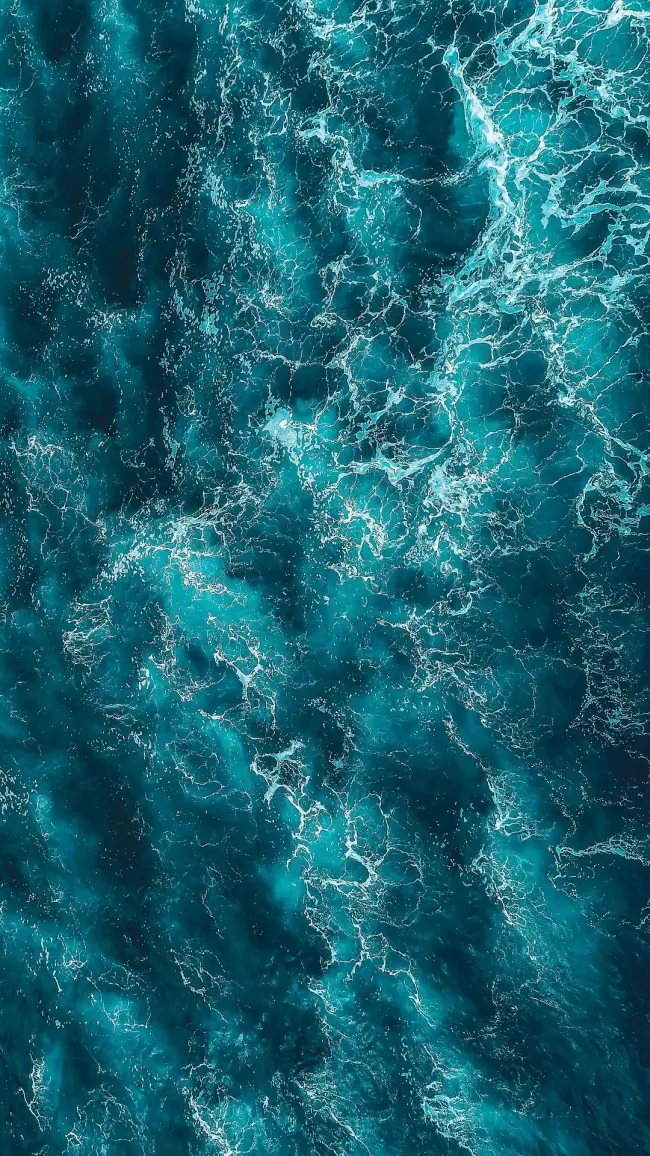
The 2023 High Seas Protection Treaty is a historic milestone for marine conservation and demonstrates that multilateral diplomacy is possible even in complex environmental matters.
Agreement on the High Seas Protection Treaty
The high seas, meaning the marine areas beyond national jurisdictions, make up almost two-thirds of the world’s oceans. For a long time, there were hardly any legally binding regulations for protecting biodiversity in these international waters.
Scientists and environmental organizations had long called for stronger protection of the high seas. A global agreement became necessary to prevent ecological disasters while also creating fair regulations for economic use. Although international frameworks such as UNCLOS existed, many environmental issues, particularly regarding the protection of marine ecosystems, were inadequately addressed.
Negotiations for the High Seas Protection Treaty officially began in 2004 under the umbrella of the United Nations. Between 2018 and 2023, intensive formal negotiation rounds took place. However, countries disagreed on many points, especially regarding:
- The creation of marine protected areas – many countries with economic interests in the high seas were reluctant to accept strict restrictions.
- The use of marine genetic resources – the question of how profits from biotechnological innovations should be fairly distributed was highly controversial.
- Funding and support for poorer countries – developing countries demanded access to technology and capacity building to implement the agreement.
After lengthy negotiations and a final 48-hour negotiation round, an agreement was reached on March 4, 2023, in New York. The treaty was then officially adopted by the UN General Assembly on June 19, 2023, and opened for signature on September 20, 2023. By February 26, 2025, 110 countries had signed the agreement, but only 17 of them had ratified it. A treaty is not effective or legally binding under international law until it has been ratified.
What is Interesting from a Negotiation Perspective?
The negotiations on the High Seas Protection Treaty provide deep insights into the dynamics of multilateral agreements and offer valuable lessons for future negotiation processes.
Consensus Building Through Gradual Convergence
The negotiations on the High Seas Protection Treaty spanned nearly two decades, with intensive formal negotiation rounds taking place between 2018 and 2023. A breakthrough was only achieved through flexible solutions and compromises. For instance, in the dispute over genetic resources, a model for fair profit-sharing was introduced that allowed further refinement over time. Similarly, in the establishment of marine protected areas, negotiators opted for a pragmatic approach. Instead of immediately imposing strict conservation measures, they created a framework that enables the gradual designation of protected areas, allowing for adjustments based on new scientific findings. This approach reflects the reality that multilateral negotiations rarely achieve perfection from the outset. Rather than stalling progress with rigid demands, an ambitious yet pragmatic agreement facilitates continuous advancements and adaptation over time.
Negotiating Goals Alongside Mechanisms
Role of Civil Society
Unlike many political negotiations, scientists and environmental organizations played a central role in the High Seas Protection Treaty discussions. Alarming reports on the critical state of the oceans heightened awareness among governments and the media, while organizations such as Greenpeace and WWF exerted additional pressure on negotiators through intensive lobbying efforts. Their expertise provided the foundation for stricter conservation measures and significantly shaped public perception of the agreement’s urgency. Another key factor was the COP15 Biodiversity Conference in December 2022, where the “30 by 30” goal was adopted. This ambitious initiative—to protect at least 30% of land and marine areas by 2030—intensified the pressure on the UN to implement concrete measures for high seas conservation. The High Seas Protection Treaty serves as a compelling example of how external pressure from civil society, scientists, and the media can accelerate multilateral negotiations. Effective negotiation strategies should therefore actively account for this factor to overcome political deadlocks and drive ambitious solutions forward.
The 2023 High Seas Protection Treaty is a historic milestone for marine conservation and demonstrates that multilateral diplomacy is possible even in complex environmental matters. The true test will come with the ratification and implementation of the agreement, revealing whether states will uphold their commitments and whether the treaty will effectively protect marine biodiversity in the long term.
Sources & Further Information
- https://www.admin.ch/gov/de/start/dokumentation/medienmitteilungen.msg-id-103810.html
- https://www.auswaertiges-amt.de/de/newsroom/un-hochseeschutzabkommen-2617738
- https://www.bundesregierung.de/breg-de/schwerpunkte-der-bundesregierung/nachhaltigkeitspolitik/biodiversitaet-der-ozeane-2222766
- https://oceans-and-fisheries.ec.europa.eu/news/win-ocean-high-seas-treaty-signed-united-nations-2023-09-20_en
- https://www.swr.de/wissen/hochseeschutzabkommen-vereinte-nationen-haben-einigung-erzielt-100.html
- https://www.greenpeace.de/biodiversitaet/meere/meeresschutz/un-einigt-globalen-ozeanvertrag
- https://presseportal.greenpeace.de/223688-greenpeace-zum-verhandlungsabschluss-fur-ein-un-hochseeschutzabkommen
- https://greenwire.greenpeace.de/Meeresvortrag-UN-Hochseeschutzabkommen